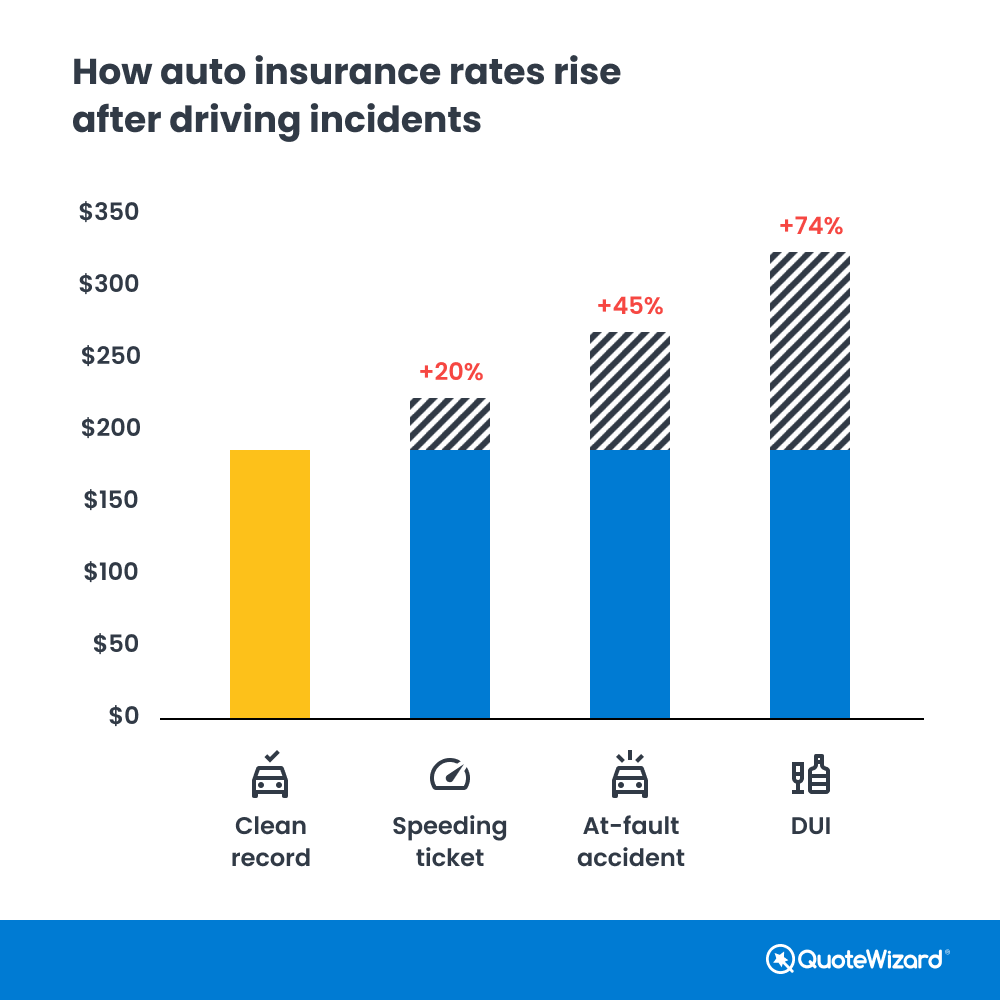Vehicle coverage can often feel as if a difficult tangle, leaving many motorists bewildered by the myriad of choices and terminology. Regardless of whether you are a inexperienced buyer or looking to change providers, understanding the nuances of car insurance is crucial for shielding yourself and your vehicle on the road. This guide is designed to help you navigate the challenges of car insurance, making the process more straightforward and more approachable.
With a variety of options, insurance options, and prices available, it's vital to arm yourself with the knowledge needed to make smart decisions. From liability coverage to collision and comprehensive policies, knowing what the terminology means and how it relates to your circumstances can save you hours and expenses. By decomposing the key elements of car insurance, this guide will enable you to find the suitable policy customized to your needs.
Understanding Vehicle Insurance Basics
Auto insurance is a policy between you and you and an insurer that provides financial protection in the case of an incident, robbery, or destruction to your automobile. By submitting best car insurance Dallas , you are covered for various costs associated with car-related incidents. Understanding the fundamentals of auto coverage is essential for selecting the best plan and confirming you have proper coverage for your demands.
There are different types of insurance options within auto insurance, including responsibility coverage, collision coverage, and all-encompassing coverage. Liability coverage helps compensate losses to third parties and their assets if you are at responsible in an incident. Collision insurance addresses damage to your own automobile after an accident, while comprehensive coverage safeguards against non-accident events like theft or catastrophes. Being aware of the differences between these forms can help you make informed choices.
When choosing a auto insurance plan, it is crucial to consider factors like coverage limits, deductibles, and discounts. Greater coverage limits may provide better protection but could lead to higher premiums. Out-of-pocket expenses are the total you contribute before the policy activates, and choosing a larger out-of-pocket expense can decrease your payment. Numerous insurance companies also offer reductions for satisfactory driving histories, bundled plans, or low mileage, which can further lower your costs.
Types of Auto Insurance Coverage
While contemplating car insurance, it's crucial to understand the different types of coverage available. The most typical form is liability coverage, which is commonly required by law. This coverage safeguards you if you are found to be at fault in an accident, encompassing bodily injuries and property damage to others. It is imperative to have appropriate liability limits to safeguard your property in case of a significant claim.
Additionally, essential type of coverage is collision insurance. This takes care of the repairs to your vehicle after an accident, no matter who caused it. If your car is damaged in a collision, you can submit a claim under this coverage to resume your journey faster. While not mandatory, collision insurance is advisable for drivers with new or higher-value vehicles who want to defend their investment.
Comprehensive coverage is also a vital part of auto insurance coverage. It safeguards against non-collision incidents, such as theft, vandalism, or natural disasters. This type of insurance makes sure you're covered for damages not caused by a collision, providing peace of mind for unexpected events. Combining comprehensive with liability and collision creates a complete insurance plan that safeguards you and your vehicle on the road.
Advice for Picking the Right Coverage
While deciding on a auto insurance policy, it is important to assess your coverage needs based on your habits on the road, the type of vehicle you possess, and your financial constraints. Take into account elements such as whether you drive your car frequently, the frequency with which you face adverse circumstances, and the longevity and value of your vehicle. Customizing your policy to fit these factors will help you avoid paying for unnecessary coverage while ensuring you are sufficiently protected.
It is also essential to contrast different insurance companies and their offerings. Take the time to look into various providers to understand their reputation, customer service records, and claim handling. Many tools allow you to request estimates from multiple insurers, making the comparison process easier. Search for savings that may apply, such as record of safe driving or combining auto insurance with other insurance plans. Each company has its individual benefits, so shop around to locate the most suitable option for your needs.
In conclusion, be sure to read the terms and conditions of the policy you are evaluating. Knowing the conditions, rules, and exclusions is vital to ensure you know what is included and what is excluded. Focus on the out-of-pocket costs, maximums, and any additional coverages that may be required for your individual circumstances. Taking the time to carefully examine the policy specifications will help prevent unforeseen costs down the road and provide comfort while on the road.

